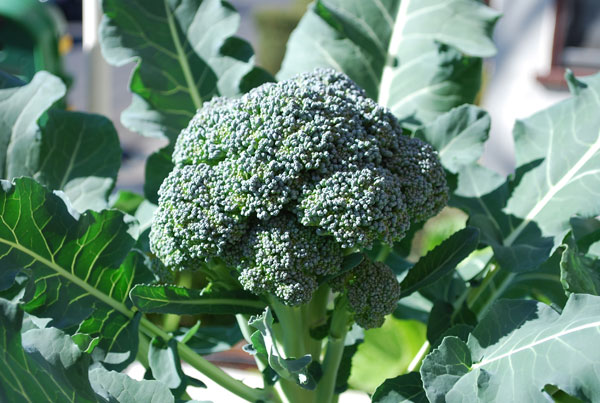 Abstract: White mustard and soybean seed meals were compared for weed control and yield of organically-grown broccoli and spinach. The meals were soil-incorporated two weeks before crop planting at two rates (1.24 and 4.48 t ha−1). Weed densities and hand-weeding time were recorded twice during the growing seasons and weed biomass was measured at crop harvest. Compared to the 1.24 t ha−1 soybean treatment, weed densities were 52 to 95% and 41 to 45% lower at 3 and 6 weeks after planting, respectively, in both crops with the 4.48 t ha−1 white mustard seed meal treatment. Time required for hand-weeding at these times was also reduced by up to 82% and 48%, respectively. Broccoli yield was similar in all the treatments, but spinach yield was greatest in the 4.48 t ha−1treatments for both seed meals. Petiole nitrate and nutrient concentrations in both crops were generally similar in all the treatments.[Anil Shrestha, Annabel Rodriguez, Sajeemas Pasakdee & Gary Bañuelos (2014). Comparative Efficacy of White Mustard (Sinapis alba L.) and Soybean (Glycine max L. Merr.) Seed Meals as Bioherbicides in Organic Broccoli (Brassica oleracea Var. Botrytis) and Spinach (Spinacea Oleracea) Production. Communications in Soil Science and Plant Analysis, online 29 Sept] ${imageDescription} Comment
Abstract: White mustard and soybean seed meals were compared for weed control and yield of organically-grown broccoli and spinach. The meals were soil-incorporated two weeks before crop planting at two rates (1.24 and 4.48 t ha−1). Weed densities and hand-weeding time were recorded twice during the growing seasons and weed biomass was measured at crop harvest. Compared to the 1.24 t ha−1 soybean treatment, weed densities were 52 to 95% and 41 to 45% lower at 3 and 6 weeks after planting, respectively, in both crops with the 4.48 t ha−1 white mustard seed meal treatment. Time required for hand-weeding at these times was also reduced by up to 82% and 48%, respectively. Broccoli yield was similar in all the treatments, but spinach yield was greatest in the 4.48 t ha−1treatments for both seed meals. Petiole nitrate and nutrient concentrations in both crops were generally similar in all the treatments.[Anil Shrestha, Annabel Rodriguez, Sajeemas Pasakdee & Gary Bañuelos (2014). Comparative Efficacy of White Mustard (Sinapis alba L.) and Soybean (Glycine max L. Merr.) Seed Meals as Bioherbicides in Organic Broccoli (Brassica oleracea Var. Botrytis) and Spinach (Spinacea Oleracea) Production. Communications in Soil Science and Plant Analysis, online 29 Sept] ${imageDescription} Comment